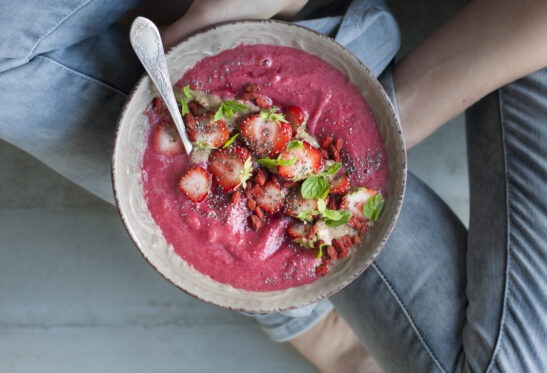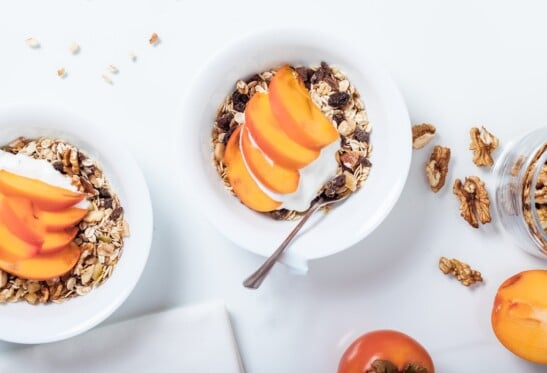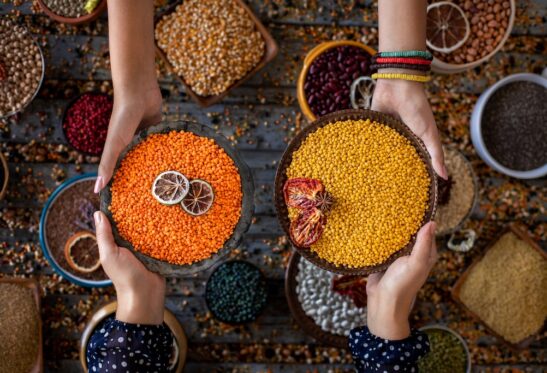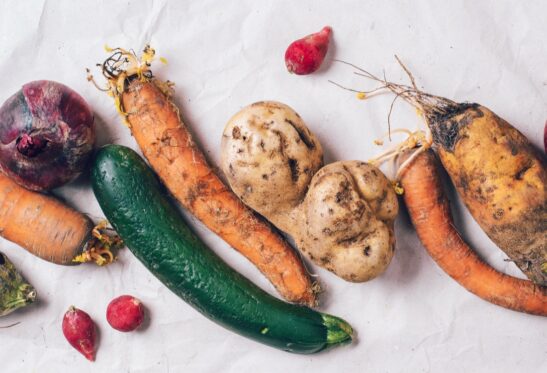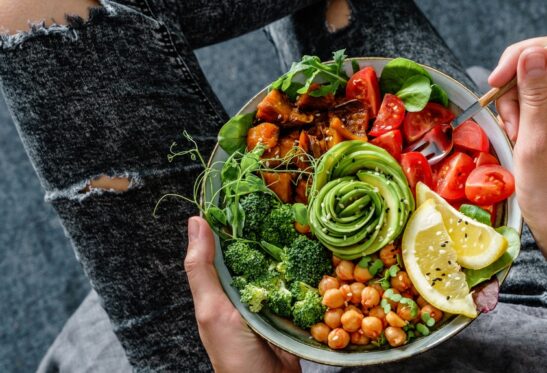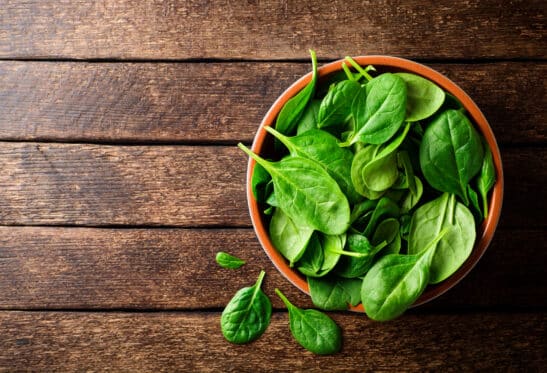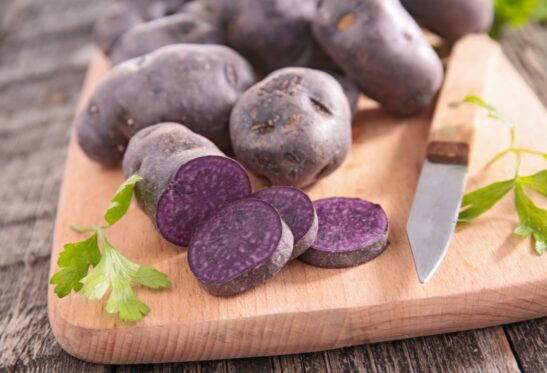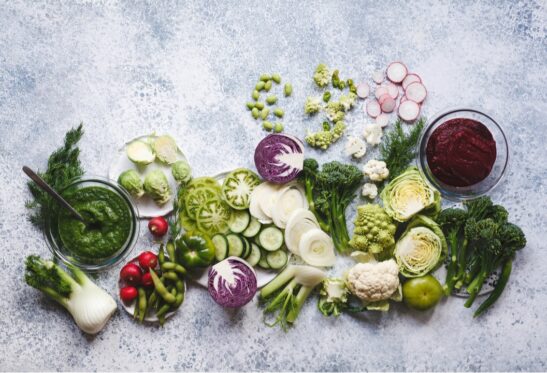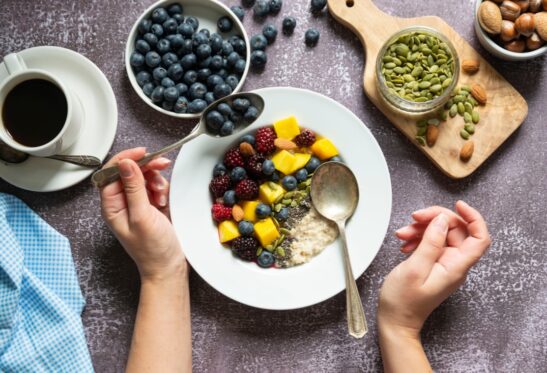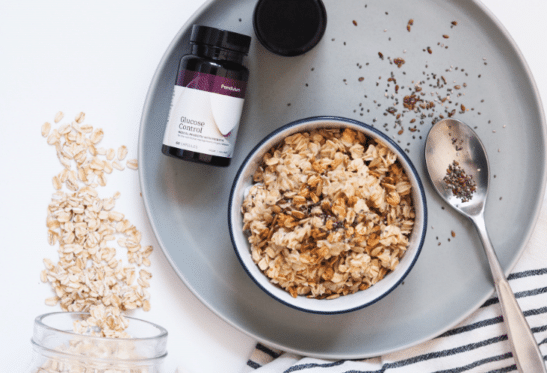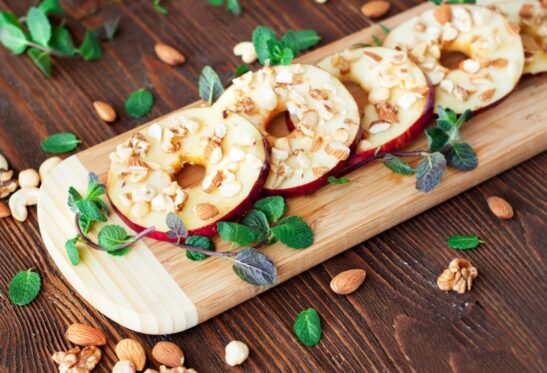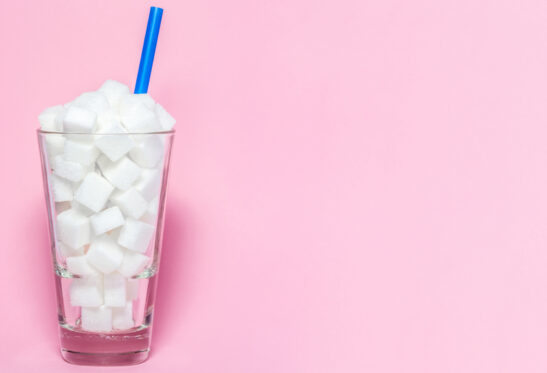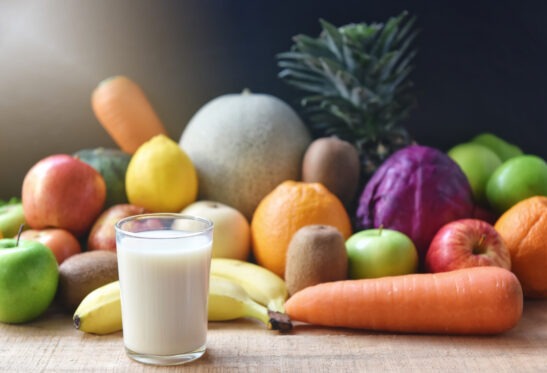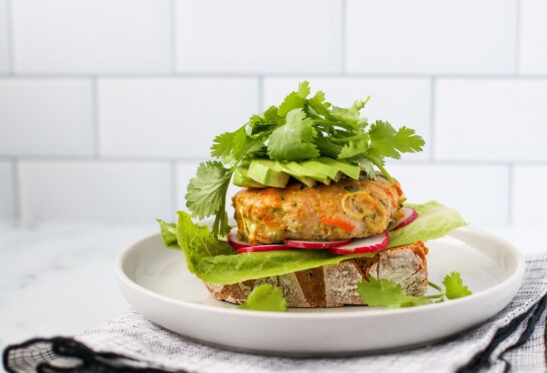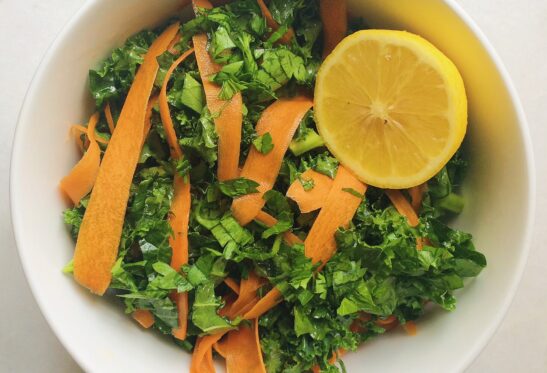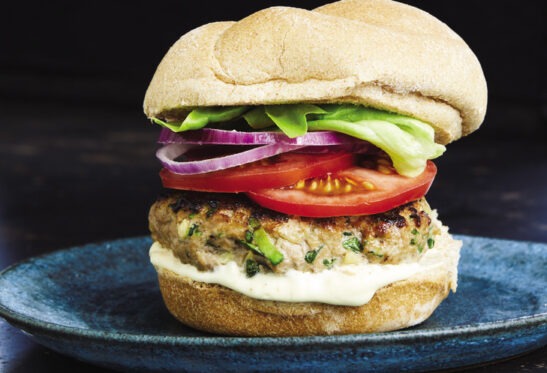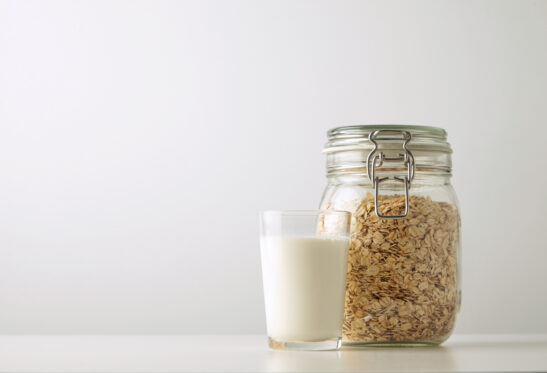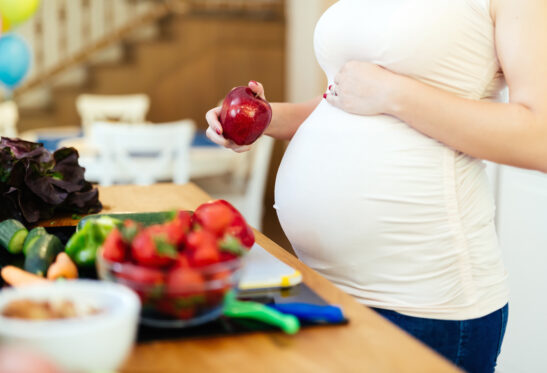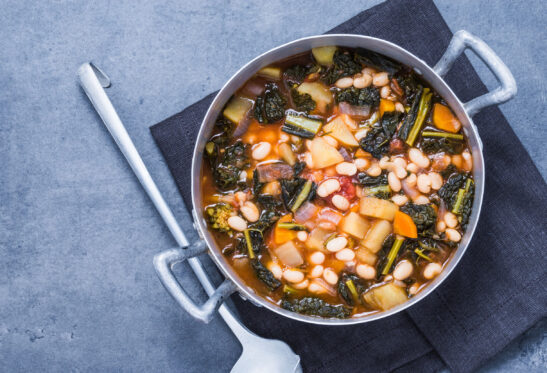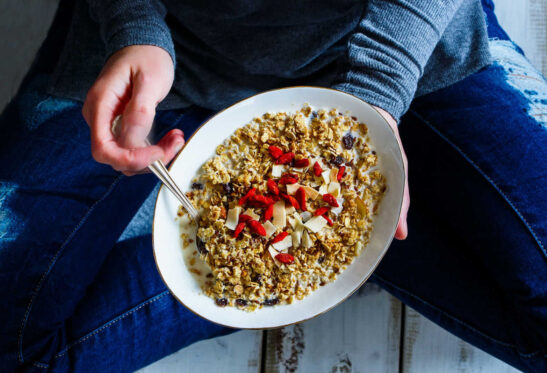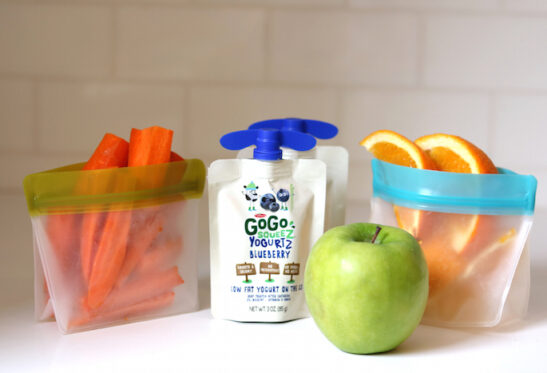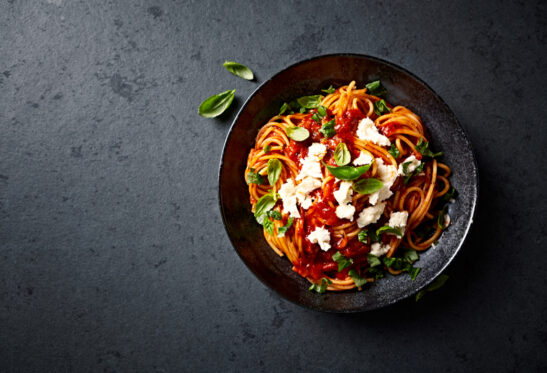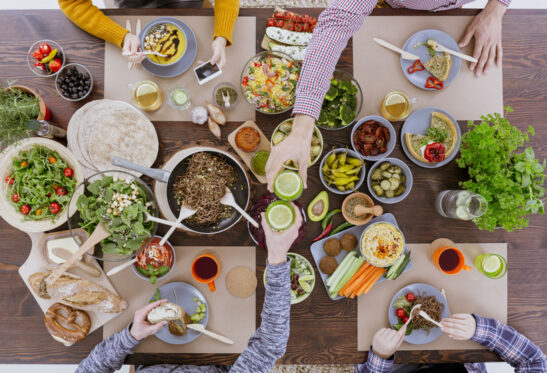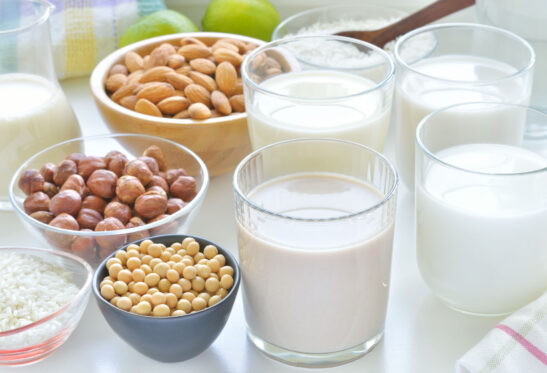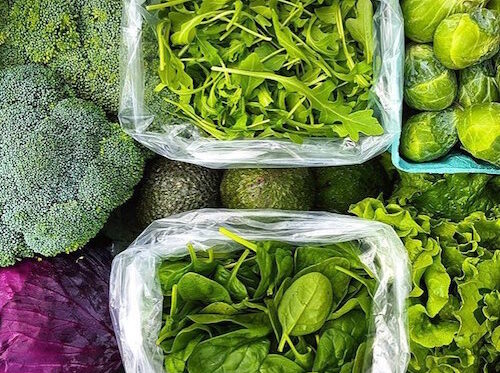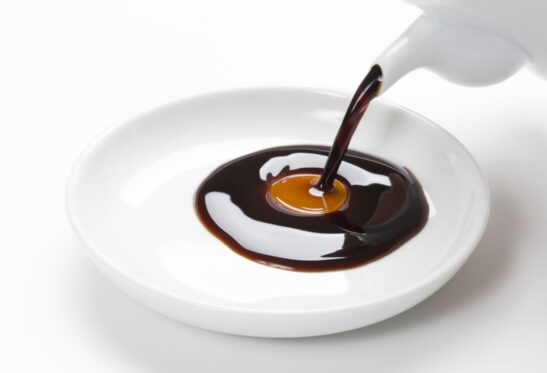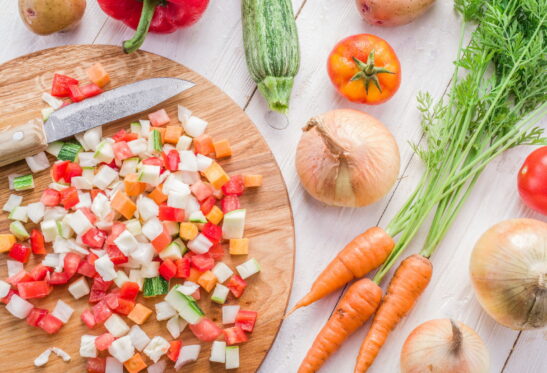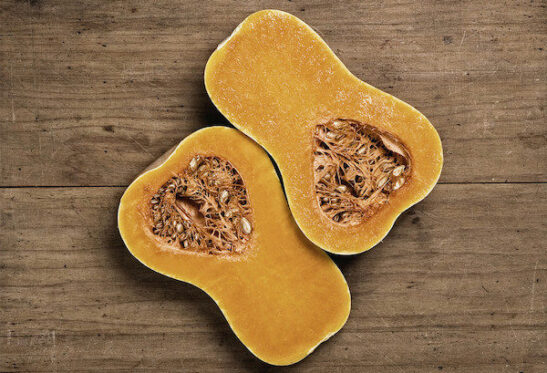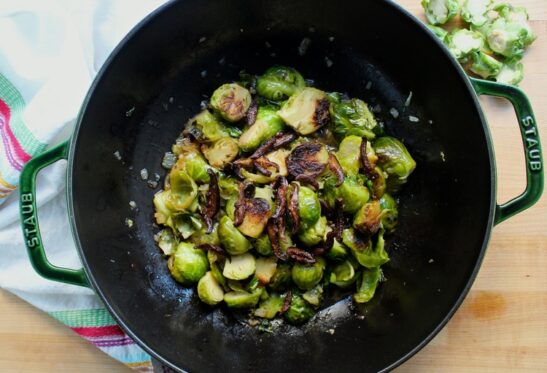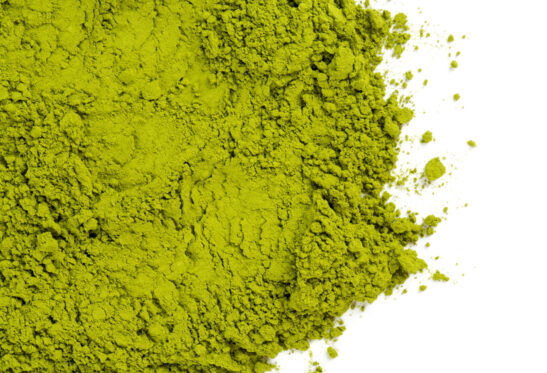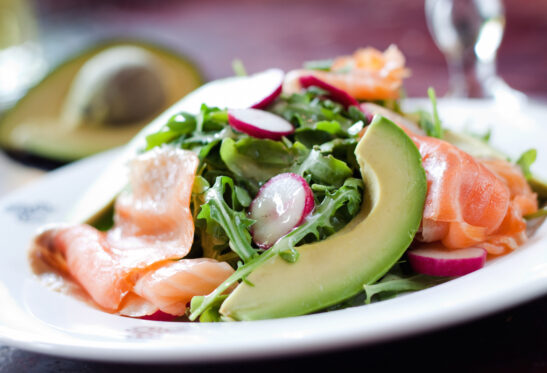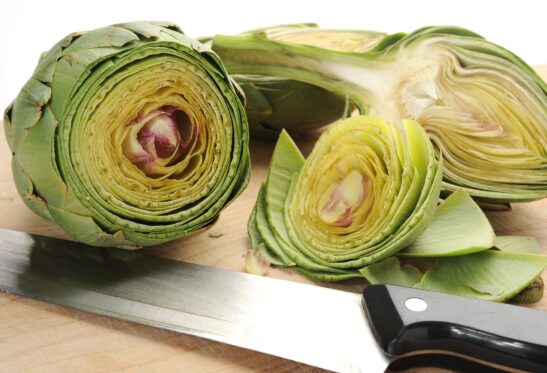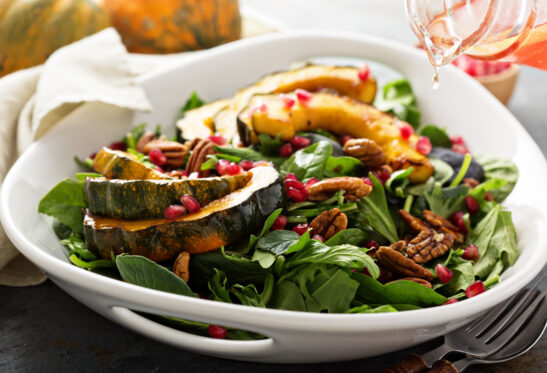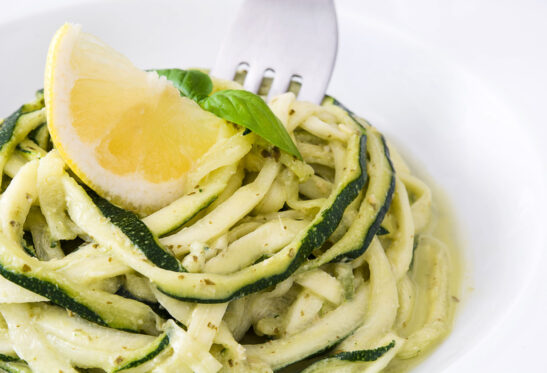How to Read a Nutrition Label: The Path to More Empowered Eating Choices
By Tasha RosalesHome » Eat Empowered » How to Read a Nutrition Label: The Path to More Empowered Eating Choices
Food labels can seem complicated and hard to understand, but did you know that food nutrition labels can be a great tool to help you become a more informed eater? This life skill has helped hundreds of my clients make more empowered choices regarding their health. This is why I love giving workshops on “How to Read Nutrition Labels” and sharing my knowledge with you.
As a Board Certified Holistic Health and Nutrition Coach, I have seen this tool empower my clients to make dietary choices that are right for them without feeling restricted. Instead, their choices begin to come from a place of knowledge.
With some practice, I’m confident that you can become a more informed eater and a nutrition label aficionado.
First, grab a pantry “food” item to follow along. This will help you make a better connection. And let’s get started!
RELATED: How to Buy Eggs: What the Confusing Labels Mean
How to Read a Nutrition Label
Start with the ingredients
The ingredients are the simplest way to see if a food is wholesome or not in one quick snapshot. It gives you a clear picture of what’s in the food and allows you to make decisions that align with your health goals.
How to read the ingredients
Manufacturers of processed or packaged products list their ingredients by quantity from most to least used. This means the first ingredient listed is used the most in creating the product. If the first ingredient is sugar or an ingredient you can’t pronounce, this typically indicates a product that is not nutrient-dense and therefore may not benefit your health. Important to note: Just because you can’t read the ingredient or don’t know what it is, doesn’t mean it is a given that it is not healthy. Often it is, but not always. Let’s dig deeper to get a better understanding.
Practice
View the ingredients list on your chosen pantry item. What are the first five ingredients? Are they whole food ingredients?
Learn about product ingredients
Look for ingredients you don’t recognize, and then do some research on them. Ingredients with fancy names may be created with things you might be trying to avoid. For instance, dextrose or maltodextrin can be made with rice, wheat or corn and the actual source may not be disclosed on the label. If you’re avoiding those ingredients, or other common allergens such as gluten, dairy or soy, reading your label will help you avoid any issues.
Pro tip: If you don’t have the ingredient in your kitchen as an individual item, it’s probably not an ingredient you want to consume.
Learn about chemical ingredients
Speaking of dextrose, did you know that it’s another name for sugar? Dextrose is a lab-made sugar with a higher glycemic index than table sugar. This means it’s sweeter than white sugar (as if anyone needs that!). By knowing this, you might make the informed decision not to consume this product because of this ingredient. That’s just one ingredient! There are many other ingredients to get familiar with such as: food dyes and their alternative names, widely-used preservatives like TBHQ and BHT, and more.
For example, a peer-reviewed study by the Environmental Working Group, published in the International Journal of Environmental Research and Public Health, found that TBHQ, or tert-butylhydroquinone, “has been found to harm the immune system both in animal tests and in non-animal tests.” Earlier studies from Michigan State University also found that TBHQ might influence how well flu vaccines work and may be linked to a rise in food allergies.
Information like this can be useful in making informed choices on what food you buy. If you decide that, based on the ingredients, a product is not for you, you’re done; put it back! No need to bother reading the nutrition facts; You just read a label in seconds and decided it’s not for you. Bravo!
Practice
Are there any ingredients you don’t recognize or that look scientific? If so, look them up or reach out, I’m happy to help.
If the ingredients label is a go, let’s move on to the nutrition facts label.
How to Decipher the FDA’s Nutrition Facts Label
Besides the ingredients, a packaged food must also contain a Nutrition Facts section. The U.S. Food and Drug Administration’s Nutrition Facts label was updated for the first time in 20 years in 2016 “to reflect updated scientific information, including information about the link between diet and chronic diseases, such as obesity and heart disease,” according to the FDA.
To learn more about what was updated, visit the New Nutrition Facts Label from the FDA.

(Image: FDA)
Serving size
Serving sizes can be missed or misunderstood. It’s important to remember that a serving size is not a recommendation of how much to eat in a sitting, but actually reflects the amount that people typically eat or drink). It’s also important to realize that the nutrient amounts shown on a food label refer to the size of the serving (not the entire package!)
Companies want to make their product look more appealing. A company may list a serving of cereal as 150 calories but if you don’t know what a serving is, you’ll likely consume more than a serving. In fact, a study by Consumer Reports revealed that the average American consumes 2-4 times more cereal than the labeled serving size because they simply pour based on the bowl size. This highlights how important it is to decide how much you plan to eat to accurately determine how many calories and nutrients you will get from a product.
Practice
With the product you have, pull out the amount you usually consume, and be honest with yourself! Based on the serving size, do you consume a serving or more?
Once you have done this, move on to the remainder of the nutrition facts section of the label.
Nutrition and Percent Daily Value (DV)
Remember that companies must disclose what their food provides you in nutrients. To figure this out, multiply the number of servings you consumed (or plan to consume) by the calories and grams of fat, sodium, sugar, and carbohydrates provided on the food label.
Practice
Using the product you have and what you typically consume, calculate how many calories, fats, sodium, sugars, and carbohydrates your serving yields. Remember, you may read the ingredients list and see all whole real healthy food ingredients and decide to skip this step. This is an important step if you’re aiming to gain a better understanding of typical packaged items that you’re consuming regularly.
Bottom Line on Reading Food Labels
One of the best ways to make more informed choices regarding your health is to begin reading your food labels. Starting with the ingredients list will help you figure out if nutrients are coming from whole food sources. It will also help you determine the quality of the micro and macronutrients you are going to consume. When we know what’s in the products we buy, we take back our power and begin making choices from a place of knowledge and empowerment.
(Image: Shutterstock)
Owner of Wellness Homemade and Creator of Informed Eating Academy. Tasha is on a quest to help people learn how to make more informed choices towards their health!
RECENT ARTICLES

Want a sneak peek inside the program?
Get FREE access to some of the core training materials that make up our signature program – Become a Nutrition Coach.
Get Access"*" indicates required fields
 Eat Empowered
Eat Empowered









































































